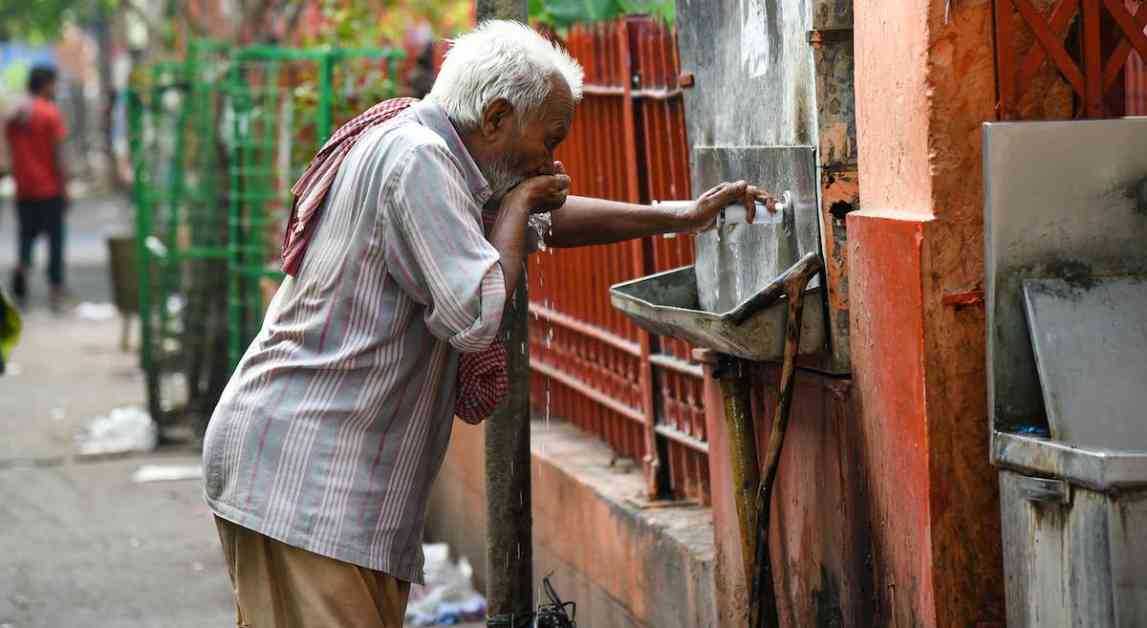In July 2024, a primer on heat stress was published by Dr. Ashok Gadgil and Elif Kilic from the IECC (India Energy and Climate Center) at Berkeley’s Public Policy-The Goldman School. The primer emphasizes the necessity for more research to improve the assessment of heat stress and to alert the public about potential health risks during heatwaves. Dr. Gadgil, who received the National Medal of Technology and Innovation in the US last year, highlights that extreme temperatures have become the new normal. The year 2023 was recorded as the hottest year in over a century, with 2024 expected to surpass it.
The primer points out that prolonged exposure to extreme heat and high humidity levels poses serious health risks such as heat exhaustion, stroke, heart attacks, chronic kidney disease, cognitive impairment, and even death. It also stresses that these effects are not evenly distributed across populations, with social, economic, and gender disparities playing a role. The primer warns that by 2070, 1-3.5 billion people worldwide could be displaced due to extreme heat.
The primer by IECC also sheds light on the critical health risks faced by outdoor workers in low-latitude regions like India. Higher temperatures and humidity levels disrupt the body’s natural cooling mechanisms, leading to heat-induced illnesses and even death. With almost half of India’s workforce exposed to these hazardous conditions, urgent measures are needed to improve heat stress assessments and protective measures.
Current methods of measuring heat stress, such as the wet bulb temperature and heat index, are not comprehensive enough. Recent research by Romps and Lu at UC Berkeley suggests that the National Weather Service’s approximation is biased low during severe heatwaves in the US. The extended heat index developed by the researchers is valuable in assessing risks of hyperthermia and fatality under extreme conditions. However, more data is required to measure heat stress accurately, especially for vulnerable populations without access to shade and water, engaging in strenuous activities, or those in poor health.
India, in particular, faces increasing heatwaves that start earlier, last longer, and become more intense. Between April and June 2024, around 40,000 suspected cases of heatstroke were reported in India, leading to numerous heat-related deaths. With a projected 3-degree Celsius increase in global temperatures, cities in India are expected to experience over 150 very hot days a year. The lack of adequate infrastructure and warnings put vulnerable populations at risk.
While India has issued guidelines for managing heatwaves, they do not fully account for the combined impact of temperature and humidity. Heat Action Plans in response to these guidelines lack long-term infrastructure interventions and funding mechanisms for scaling up adaptation efforts. The absence of heatwaves from the list of notified natural disasters also hinders emergency responses and resource allocations, leaving vulnerable populations without sufficient support.
The collaboration between the IECC and Indian policymakers aims to address these gaps through tech-informed policy design, capacity building, and leadership dialogue. With India’s vulnerability to extreme heat, urgent measures are needed to enhance heat resilience and protect vulnerable populations. Adaptation to extreme heat is crucial, especially in developing countries like India.
In conclusion, the dangers of extreme heat are imminent, and urgent actions are required to mitigate risks and protect vulnerable populations. The collaboration between the IECC and Indian policymakers signifies a crucial step towards addressing the challenges posed by extreme heat and improving heat resilience in India and beyond.













